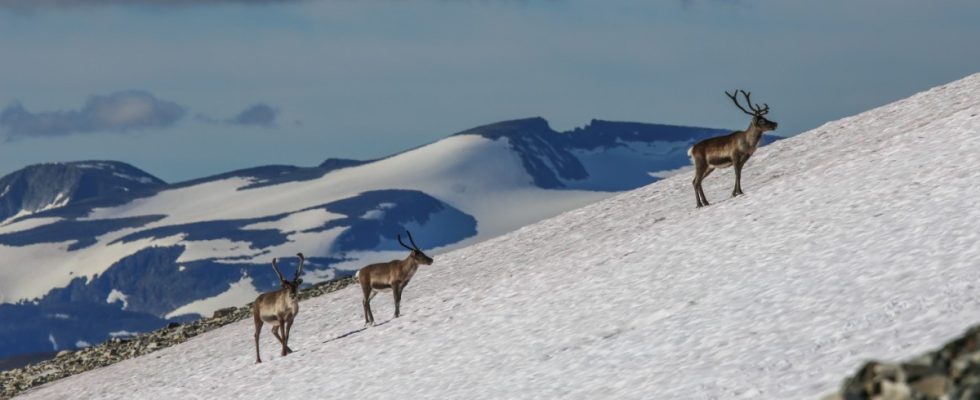The first time I hiked across a glacier a few years ago, I felt like I was standing on a giant dragon made of ice – a defeated dragon. There were small wounds everywhere in the snow-free ice, filled with blue meltwater. Such a high altitude tour is an uplifting experience and at the same time quite shocking. Because what feels so big and eternal when you stand on it is, when viewed from a little distance, just a pitiful remnant. In Germany there will probably be no more glaciers by 2040, in Austria it could be in 2060 and in Switzerland there will be no more glaciers Glacier retreat is massively accelerated.
Glacier melt is the most visible sign of what the climate crisis is changing in the Alps. It is understandable that many people react emotionally when excavators attack a glacier in the ski area, as happened in Sölden. The fact that things that cause much more trouble for the glaciers – such as excessive greenhouse gas emissions – cause less outrage is probably just human nature.
The melting glaciers in Norway also tell a lot about people. So much lately that those listening are having a hard time following. People have left their mark here over the past 6,000 years. In Lom in central Norway, these traces are particularly well preserved: Viking spears, tunics, tools, whisks, skis – the glaciers there are melting so quickly that glacial archaeologists have to recover these treasures at record speed. “As if nature, which for so many thousands of years has provided us with a stable stage for the spectacle called human history, had finally had enough of it and would dump all the props at our feet at once.” This is how my colleague Alex Rühle, who visited the researchers, describes it. I can only recommend his report to you.
The Federal Constitutional Court also dumped its judgment on the Climate and Transformation Fund at the feet of the Federal Government – excuse me for the clumsy transition. This suddenly means that 60 billion euros are missing. This page three shows how badly this ruling hit the traffic light government. The fund, of which around 40 billion is still left, should not only promote new heating systems and house renovations and mitigate high electricity prices, but also enable climate money and better charging infrastructure. You can read what will become of all this here.
The Union is already examining the next lawsuit – against the 200 billion euro defense shield, which is intended to dampen energy prices. So it’s high time to put the financing of climate policy on a more stable footing. Unless it melts away at record speed.
(This text comes from the weekly Newsletter Climate Friday you here free of charge can order.)

